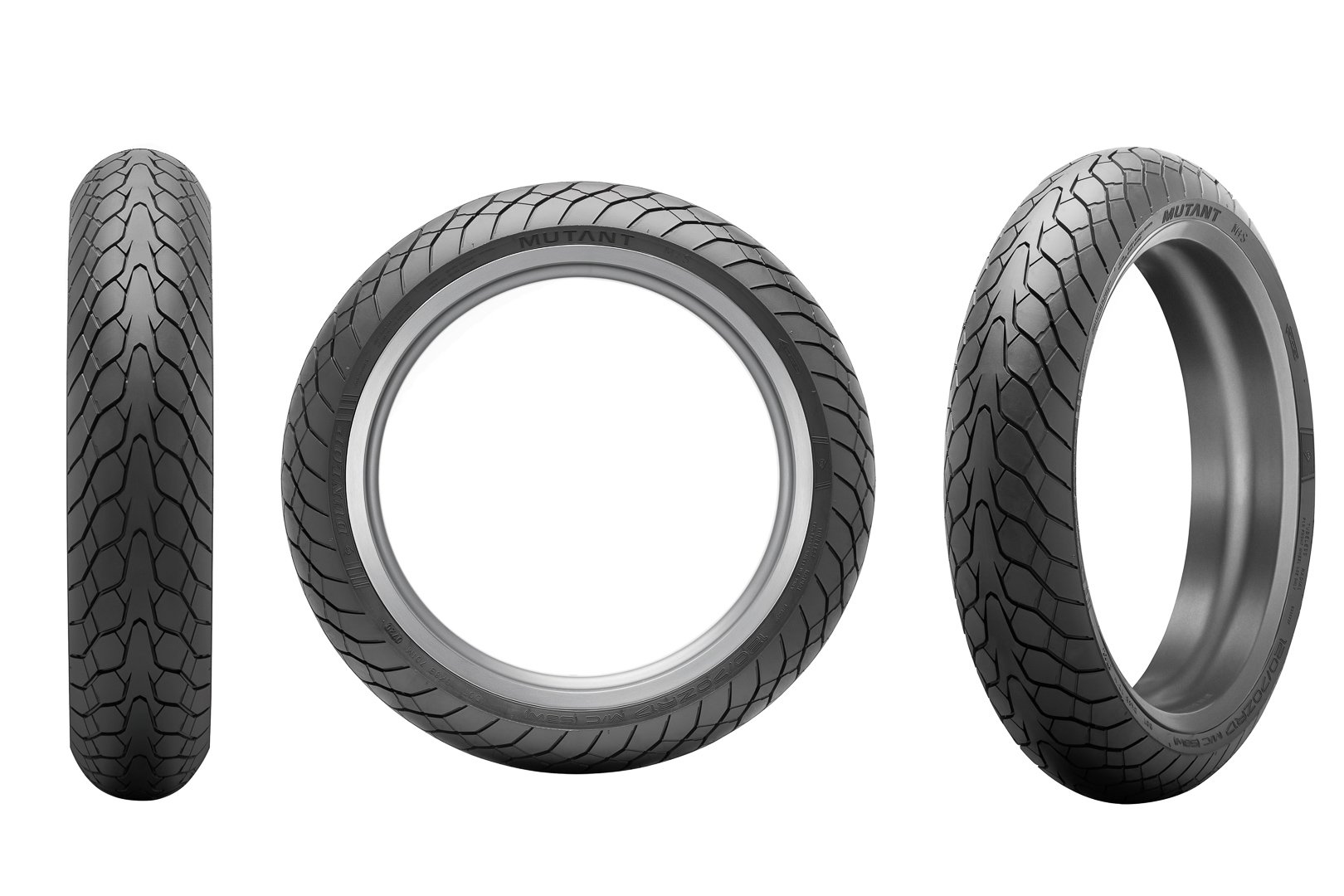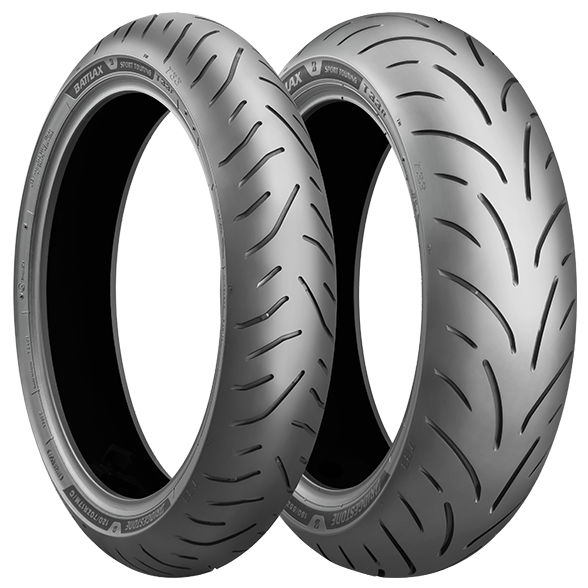Motorcycle Tyre Guide to Decoding Tyre Codes and Ratings
Motorcycle Tyre Guide to Decoding Tyre Codes and Ratings
Blog Article
Check out the Value of Choosing the Right Tyres With Our Insightful Motorcycle Tire Overview
Choosing the appropriate tyres is essential for any Motorcycle fanatic. The appropriate tyres boost performance, improve safety, and add to total convenience throughout trips. Understanding the various types, sizes, and maintenance practices can substantially influence your riding experience. As riders encounter diverse surfaces and problems, knowing exactly how to choose the very best tires becomes paramount. What factors should be considered to ensure peak efficiency? The responses await in the complying with areas.
Comprehending Different Sorts Of Motorcycle Tyres
Selecting the right kind of Motorcycle tyre might appear overwhelming, understanding the different options readily available can substantially boost a motorcyclist's experience. Motorcycle tires are primarily classified into three types: touring, off-road, and sport. Exploring tires are developed for long-distance traveling, supplying durability and comfort on highways. These tyres include a step pattern that gives exceptional grip and security, making them appropriate for numerous climate conditions.Sport tyres, on the various other hand, focus on performance and handling, featuring a softer rubber compound that boosts grip throughout cornering. They are perfect for bikers that take pleasure in spirited rides on twisty roads or racetracks. Off-road tyres are customized for tough terrain, with an aggressive step pattern that gives traction on loose surface areas like dirt or gravel.
Assessing Your Riding Design and Demands
When examining riding style and needs, recognizing how various riding problems influence performance is necessary. This evaluation can direct cyclists in selecting the suitable tire types that straighten with their specific demands. By considering variables such as surface and weather, riders can make enlightened choices for ideal safety and security and experience.
Riding Conditions Impact
As riders navigate various surfaces and weather, understanding exactly how these factors affect Motorcycle performance ends up being important. Different riding settings, such as damp, completely dry, or off-road, need specific tyre features to ensure safety and suitable handling. Wet problems require tyres that use better grip to protect against hydroplaning, while off-road riding demands durable tread patterns for traction on loose surface areas. In addition, temperature variations can affect tire pressure and performance, requiring changes based on the conditions faced. Cyclists must analyze their typical courses and atmospheres when selecting tyres, as the ideal option can considerably enhance their riding experience, guaranteeing both convenience and security in varied situations. Matching tires to riding problems is crucial for effective Motorcycle efficiency.
Tyre Types Introduction
Comprehending the various types of Motorcycle tyres is crucial for motorcyclists intending to boost their performance and safety and security. Each tyre type caters to specific riding problems and styles. Sporting activity tyres, created for high hold and dexterity, are suitable for aggressive riding and track days. Touring tyres prioritize longevity and comfort, making them appropriate for long-distance trips. Off-road tyres include much deeper treads for grip on irregular surfaces, attracting adventure candidates. Cruiser tyres supply a smooth ride, commonly stressing visual appeals for choppers and cruisers. Dual-sport tyres blend functions of both off-road and on-road tires, serving functional motorcyclists. Examining individual riding styles and needs guarantees that the ideal tire type is selected, eventually boosting general riding experience and safety and security.
The Effect of Tire Size on Performance
Tire dimension substantially influences a bike's general performance, influencing stability, traction, and handling. The diameter and size of tires can especially change a bike's dynamics. Larger size tyres can boost high-speed efficiency, offering smoother adventures and boosted stability throughout straight-line travel. Nevertheless, they may also call for more effort for fast handling. Alternatively, narrower tyres often tend to supply far better agility and responsiveness, making them perfect for tight edges and elaborate riding conditions.Additionally, the facet ratio, which connects to the tyre's height, plays a critical function in performance features. A reduced profile tyre might boost cornering stability but can jeopardize comfort as a result of minimized cushioning. Inevitably, picking the appropriate tyre size aligns with the motorcyclist's choices and meant use, whether for sport, touring, or off-road riding. Comprehending these subtleties warranties peak performance and enhances the overall riding experience.
Step Patterns and Their Relevance
Tread patterns on Motorcycle tyres play an important duty in identifying performance, affecting factors such as hold and handling. Different types of step styles satisfy various weather condition conditions and terrains, making certain perfect traction and security. Recognizing these patterns is essential for motorcyclists looking for to enhance their Motorcycle's performance and safety and security.
Sorts Of Footstep Patterns
The efficiency of a motorcycle is significantly affected by the sort of walk pattern on its tyres. Numerous tread patterns offer specific features, dealing with different riding conditions. Glossy tyres include a smooth surface area, suitable for dry conditions and auto racing, giving maximum grasp. On the other hand, tires with deep grooves and complicated patterns are developed for wet or off-road problems, enhancing water variation and traction. Some step designs, such as dual-purpose tyres, strike an equilibrium for both on-road and light off-road usage. motorcycle tyre guide. Additionally, sporting activity tyres typically have a much more hostile tread pattern, improving cornering security. Understanding these kinds of tread patterns aids motorcyclists pick the appropriate tires for their intended riding experiences and ecological conditions
Effect on Efficiency
Selecting the ideal step pattern considerably affects a motorbike's efficiency in various riding problems. Walk patterns are created to enhance hold, dealing with, and stability, straight impacting cornering capacity and stopping performance. For example, an extra aggressive tread layout boosts grip on unequal surfaces, making it ideal for off-road riding. Conversely, a slicker walk pattern promotes smoother rides on paved roads, reducing rolling resistance and enhancing gas efficiency. The depth and setup of grooves additionally play a vital role, enabling efficient water displacement and reducing hydroplaning risks. Inevitably, choosing an appropriate step pattern customized to particular riding settings and designs warranties enhanced control, safety and security, and overall riding experience, highlighting the significance of this decision for Motorcycle lovers.
Weather Condition and Surface Viability
Weather and terrain kinds substantially affect the viability of Motorcycle tire walk patterns. In damp problems, tyres with deeper grooves and particular patterns are vital to transport water away and minimize the risk of aquaplaning. Conversely, a flatter step style offers suitable surface contact for completely dry roadways, improving grip and security. For off-road riding, knobby tyres provide increased traction on loose surface areas like mud and gravel. Each walk pattern offers an unique purpose; consequently, choosing the ideal tyre is essential for performance and safety and security. Bikers should consider their normal riding atmosphere-- whether urban, rural, or varied surfaces-- to ensure their tyres can sufficiently deal with the conditions, promoting a safer and more enjoyable riding experience.
Keeping Your Motorcycle Tyres for Longevity
While Motorcycle fanatics commonly concentrate on performance and aesthetic appeals, overlooking tyre maintenance can cause premature wear and unsafe riding conditions. Routinely checking tyre pressure is crucial, as both under-inflation and over-inflation can detrimentally influence managing and grasp. Additionally, preserving the proper stress can enhance gas effectiveness and overall performance.Routine inspections for signs of damages, such as punctures or fractures, additionally play a vital role in extending tyre life. Maintaining tires tidy from debris and contaminants assurances peak grip. Turning tires frequently aids disperse use uniformly, prolonging their lifespan.Proper positioning and balancing of the wheels are necessary for preserving stability and lowering Read Full Report irregular wear. Adhering to the producer's referrals for tire replacement intervals guarantees that cyclists are geared up with safe and reputable tyres. By prioritizing these maintenance techniques, motorcyclists can delight in a more secure and longer-lasting riding experience.
Recognizing Tyre Wear and When to Replace
To guarantee ideal safety and performance, cyclists must be vigilant in identifying tyre wear and knowing when to replace their tires. Tire tread deepness is an important sign; a depth of 1.6 mm or less commonly signifies the demand for substitute. Motorcyclists should also take a look at the tires for unequal wear patterns, which can recommend placement or suspension problems. Splits, protrudes, or visible cords are severe indications of degeneration and warrant immediate replacement.Monitoring tire stress is crucial as under-inflation can speed up wear and compromise security. In addition, cyclists need to recognize the age of their tires; also if the tread appears adequate, tires older than 5 years may need changing as a result of rubber destruction. Normal inspections and upkeep will help ascertain that tires stay in peak problem, ultimately boosting both rider safety and security and general Motorcycle efficiency.

Tips for Picking the Right Tyres for Your Bike
Picking the right tyres for a motorbike is critical for ensuring excellent performance and safety, particularly after recognizing the indications of wear that necessitate substitute. Initially, bikers should consider their riding style and the sorts of conditions they normally experience. Sporting activity tyres supply enhanced grip for hostile riding, while exploring tires give sturdiness and comfort for long journeys.Next, it's essential to inspect click for more the supplier's specifications for the Motorcycle, as these standards ensure compatibility. Additionally, evaluating tire size, step pattern, and rubber substance can influence performance. Bikers ought to also consider climate condition; certain tires do much better in dry or wet environments.Finally, buying from trusted brand names can ensure high quality and integrity, while getting in touch with fellow cyclists or professionals can give important understandings. By meticulously considering these aspects, bikers can select tyres that enhance their Motorcycle's performance, safety and security, and total riding experience.
Often Asked Questions
Exactly How Do Climate Condition Affect Tyre Efficiency?
Climate condition greatly influence tyre efficiency, affecting grasp, taking care of, and wear. Rain can decrease traction, while extreme heat might create overheating. Cold temperature levels can solidify rubber, endangering flexibility, thus influencing total safety and maneuverability when traveling.
Can I Mix Different Tyre Brands on My Motorcycle?
Blending different tire brand names on a bike can result in irregular handling and performance - motorcycle tyre guide. Professionals recommend utilizing the very same brand and version for both rear and front tyres to assure optimum safety and security during adventures
What Is the Typical Life Expectancy of Motorcycle Tyres?

Do Motorcycle Tyres Need to Be Balanced?
Motorcycle tires do call for balancing to guarantee even weight distribution. Correctly balanced tires enhance security, enhance handling, and lower uneven wear, ultimately adding to a safer and much more comfy riding experience for motorcyclists.
How Typically Should I Check My Tyre Stress?
Routine checks of tyre stress are important for security and efficiency. It is recommended to check Motorcycle tyre stress at least once a month and eventually adventures, making sure perfect handling and gas effectiveness. These tires include a step pattern that provides outstanding hold and stability, making them appropriate for different weather conditions.Sport tires, on the other hand, prioritize efficiency and handling, including a softer rubber substance that improves grasp during cornering. Alternatively, narrower tyres have a tendency to provide much better agility and responsiveness, making them ideal for limited edges and intricate riding conditions.Additionally, the facet ratio, which connects to the tire's elevation, plays an essential duty in performance qualities. Adhering to the maker's referrals for tyre replacement periods guarantees that motorcyclists are outfitted with dependable and risk-free tyres. To guarantee excellent security and performance, riders need to be alert in over here identifying tyre wear and recognizing when to replace their tyres. Sporting activity tires use improved grip for hostile riding, while touring tires provide longevity and convenience for long journeys.Next, it's vital to inspect the producer's specs for the Motorcycle, as these standards assure compatibility.
Report this page